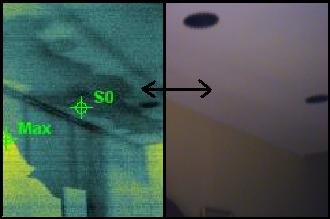Finally – The Launch of Fix A Leak.co.nz!
Due to client demand, The launch of our new website FixALeak.co.nz has now taken place and is live! This website outlines simple and easy ways to fix common types of leaks… fast and cheap! This is a free service.
Why did we start this new website?
We do all types of leak detection and leaky home checks all over NZ, and the first natural question people ask us when a leak is detected, is “Do you have someone who can fix it?”. The answer is “No”, because we don’t want our clients to feel they are being ‘sold’ further add-on services. We have always been an independent inspection company specialising in locating leaks, and will continue to operate that way.
The new ‘Fix a leak’ website is for people who already know where the source of their leak is, and simply need it fixed.
Take a look around and see if you can find info on the specific type of leak you have. If you can’t find any info on it, then you will very soon! Although the website is work in progress (We have a team working to build the site up with useful information as we speak), there is already info and live video demos for you waiting right now. Visit Fix-a-Leak Here
—————————————————
Are you in the business of fixing leaks with at least 5 yrs experience in your trade?
You can now advertise on the site in your area for a small fee. Not many home owners have the confidence to fix a leak properly, so they usually need help to get the problem sorted asap.
The typical types of calls we get are for:
Roof leak repairs
Deck and butanol waterproofing leaks
Toilet and shower
Plumbing leaks, including underground.
Window flashing and joinery failure causing leaking into walls.
Cladding failures
Leaking gutters, including internal gutters
Flat roof leak repairs
Swimming pool, spa and hot tub leaks
….Just about any type of leaking problems you can have with a house, we get calls for it!
Hit the ‘Advertise Your Business’ button over on the www.fixaleak.co.nz website if you have any questions… we would like to see your business listed on the website!








